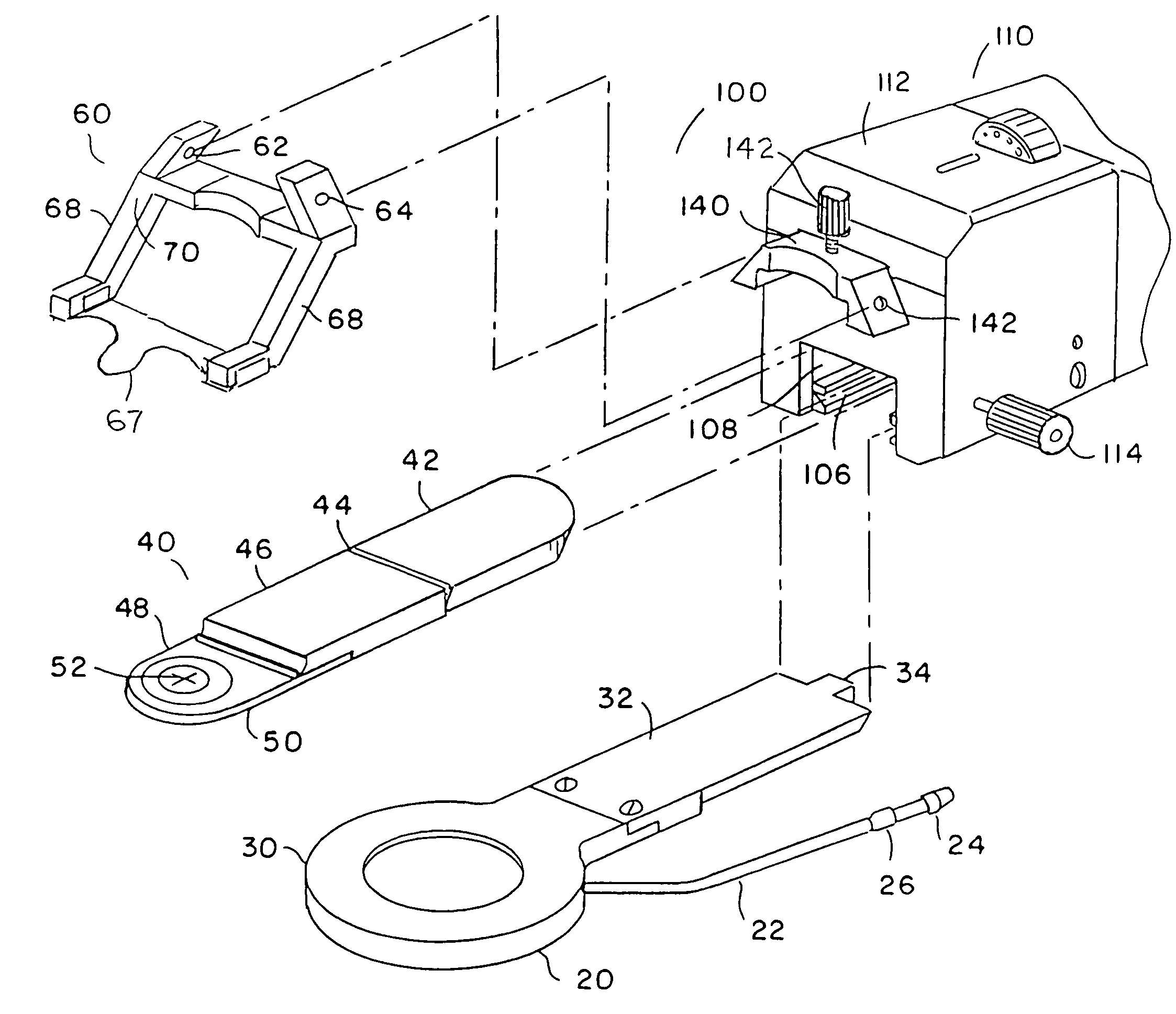Intracorneal lens placement method and apparatus
a technology of intracorneal lens and placement method, which is applied in the field of ophthalmologic surgery, can solve the problems of difficult surgery, insufficient lens availability for such vision correction, and risk of creating permanent visual aberrations for patients, so as to facilitate the retention of the lens, improve the amplitude of the lateral oscillation, and minimize the disturbance of the surgical setup
- Summary
- Abstract
- Description
- Claims
- Application Information
AI Technical Summary
Benefits of technology
Problems solved by technology
Method used
Image
Examples
Embodiment Construction
[0044]The present invention presents means to permanently, yet reversibly, correct defects of vision by disposing a lens in a pocket in a cornea. Various embodiments correct myopia, hyperopia, astigmatism, presbyopia, or a combination of these defects. Appropriate lenses are provided, as well as a device to create a corneal pocket to accept these lenses. The correction may be permanent, if it remains satisfactory, and may also be reversed by removing the lens from the cornea.
[0045]We begin with an overview of a device for preparing a corneal pocket to retain an appropriate lens in a subject eye. Referring to FIGS. 3, 4 and 5, such a device is preferably embodied in three separate components: surgical unit 100, footpedal 300, and control unit 400. Surgical unit 100 has four subsections including drive assembly 110 and three cutting head elements: positioning ring assembly 20, optional applanator assembly 40, and blade fork assembly 60. Footpedal 300 communicates user commands to cont...
PUM
 Login to View More
Login to View More Abstract
Description
Claims
Application Information
 Login to View More
Login to View More - R&D
- Intellectual Property
- Life Sciences
- Materials
- Tech Scout
- Unparalleled Data Quality
- Higher Quality Content
- 60% Fewer Hallucinations
Browse by: Latest US Patents, China's latest patents, Technical Efficacy Thesaurus, Application Domain, Technology Topic, Popular Technical Reports.
© 2025 PatSnap. All rights reserved.Legal|Privacy policy|Modern Slavery Act Transparency Statement|Sitemap|About US| Contact US: help@patsnap.com



